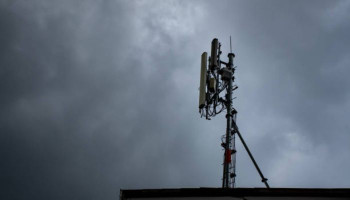
The Asian Development Bank (ADB) raised serious alarms over the current status of the digital infrastructure of Pakistan, which shows the lowest 4G coverage in the region and that the country is not entirely prepared for 5G technology.
In the new development report on Pakistan's Digital Ecosystem, the ADB points out that the digital sector contributes a meagre 1.5% of the national GDP; this indicates a vast unrealised potential. The Bank underlined the urgent need for investment in fibre optic networks and to facilitate access to high-speed internet everywhere in the country.
Although there is an 80% availability of mobile internet, the actual usage is still low. A key reason, the report says, is the deep gender and income gap in digital access.
Meanwhile, 86% of men and 53% of women own mobile phones, but only 33% of women are internet users compared to 53% of men.
The impact of the affordability of smartphones and internet devices remains a significant impediment for low-income families and women.
Furthermore, the ADB observed that Pakistan is dampened further by having the highest telecommunications taxation in the region, therefore discouraging investment and growth in the digital economy.
ADB called upon the Pakistan government to improve its environment for telecommunications businesses by lowering taxation and simplifying regulations.
To bridge the digital divide, ADB recommends prioritising fibre cable deployment in rural and underserved areas, boosting digital literacy programmes—especially for women—and offering affordable smartphones to increase access. It also encouraged provincial governments to push for better internet in schools and hospitals.
















